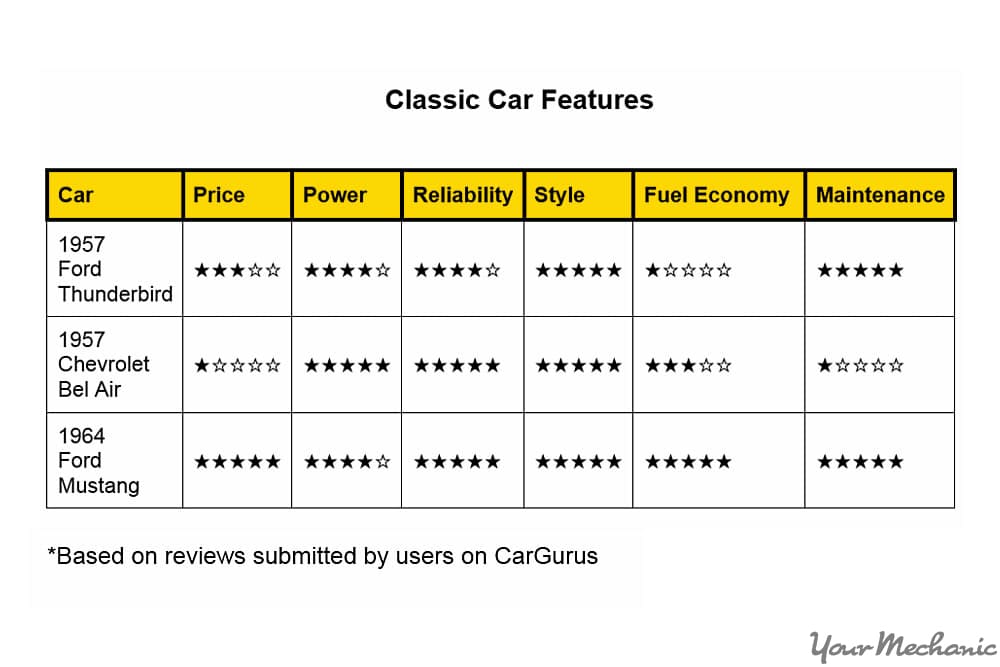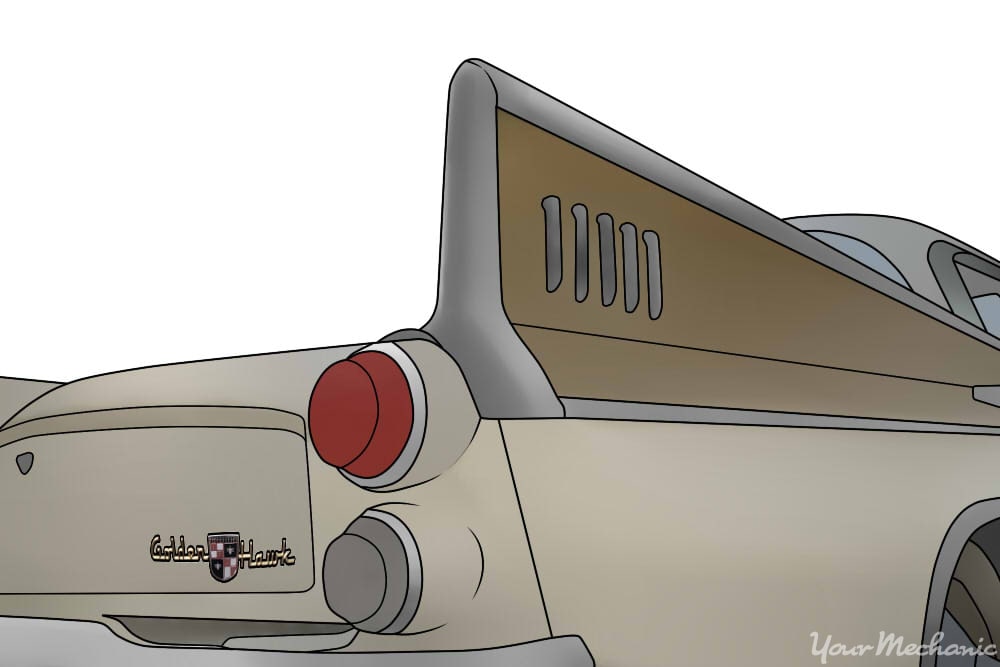

Some things truly do get better with age, and a classic car in good condition is one example. There’s a reason why a car is considered a classic, and it has a lot to do with it having a time-tested appeal and the rarity that comes with the passing of the years. Since you can’t simply find an antique car in good condition on every street corner, there are special considerations to keep in mind as you prepare to buy a classic car.
With the proper planning and knowledge, your vintage car-buying experience can be one that results in years of joy instead of headaches.
Part 1 of 5: Calculate your budget
Before you begin researching and finding your new classic car, it’s important to calculate your budget so you know exactly what you can afford. Doing the financial part first will save you time and energy searching for a car you love, only to find it’s out of your price range. This is also an important step to ensure you don’t overextend yourself financially even if you qualify for higher payments.
Step 1: Calculate your monthly payments. You can find a variety of sites online that offer calculators to help you figure out how much your monthly car payments will be, including trade-in value and annual interest rate. Some sites to use include:
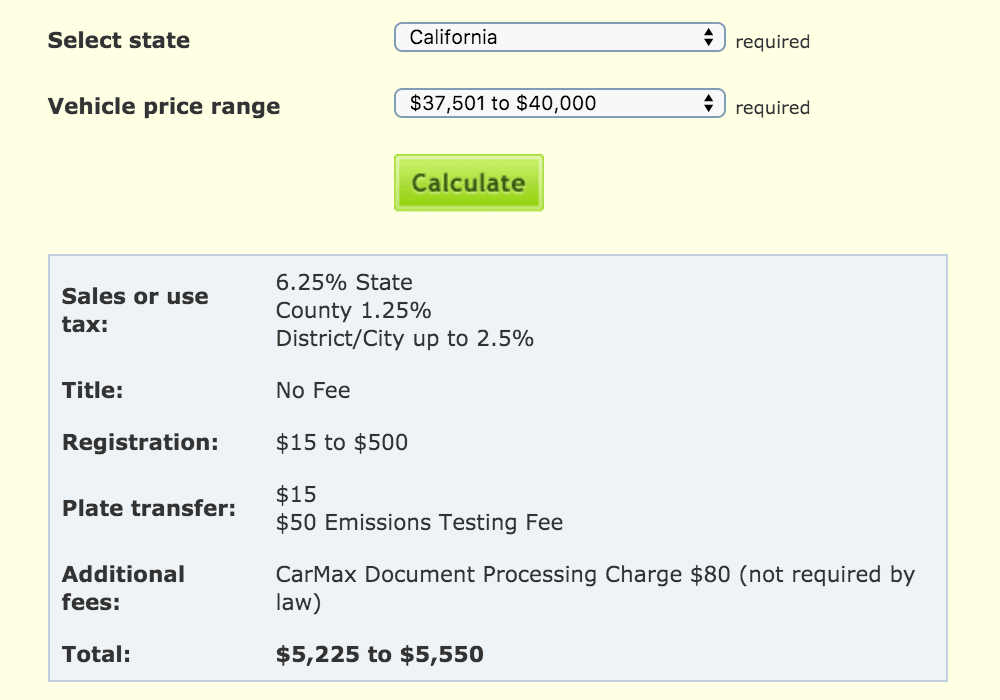
Step 2: Calculate additional fees. Calculate the total amount that the tax, title, tags, and fees will be.
This will give you a better estimate of the exact amount of money you will need to spend. CarMax has a useful calculator for figuring out how much these fees will cost you.
Part 2 of 5: Search for a classic car
Step 1: Decide which classic car you want to buy. Think about what kind of classic car you want to buy.
Chances are, there is a personal reason why you want a classic car, and not just any model will do. Maybe you are attracted to cars you remember from your childhood, or there is a vehicle that has beckoned to you that you first saw in a beloved movie.
Identify the particular make, year, and model that you desire, and — if you have a little wiggle room — note similar ones that may fit your needs.
Step 2: Research the classic car you want. Do a little research on your desired car to get sense of its benefits and any downsides.
All types of cars come with their own sets of joys and problems, and there may be a deal-breaker that you weren’t aware of. For instance, many classic cars aren’t fuel efficient, and you may not be willing to foot the gas bill for the model that first caught your eye.
Other cars are known for particular recurring problems, and it may be in your best financial or time interest to pass it over for another similar option.
Step 3: Other costs and considerations. You also need to keep in mind certain factors that can affect the total cost of buying and owning a classic car.
Some of the more common costs involved with owning a classic car include:
Distance: If you plan on buying a classic car that is not in your local area, you need to keep transportation costs in mind. This is an especially pressing and potentially expensive matter if you plan to transport the classic car instead driving it back to your area.
Insurance: You need to insure your investment. The cost for insurance depends in part on whether you plan on driving the classic car on the road, or keep it indoors for display only.
License plate: You also need to register the car and place a license plate on the vehicle if you want to drive it. Depending on where you live, you may have a choice of buying special plates for the vehicle since it is an antique.
Storage: If you do not plan to drive the classic car, you will need to store and protect it. A car can slowly degrade in storage, even if you don't drive it.
Bear in mind that the more you use the car, the more frequently you will need to perform maintenance and make repairs.
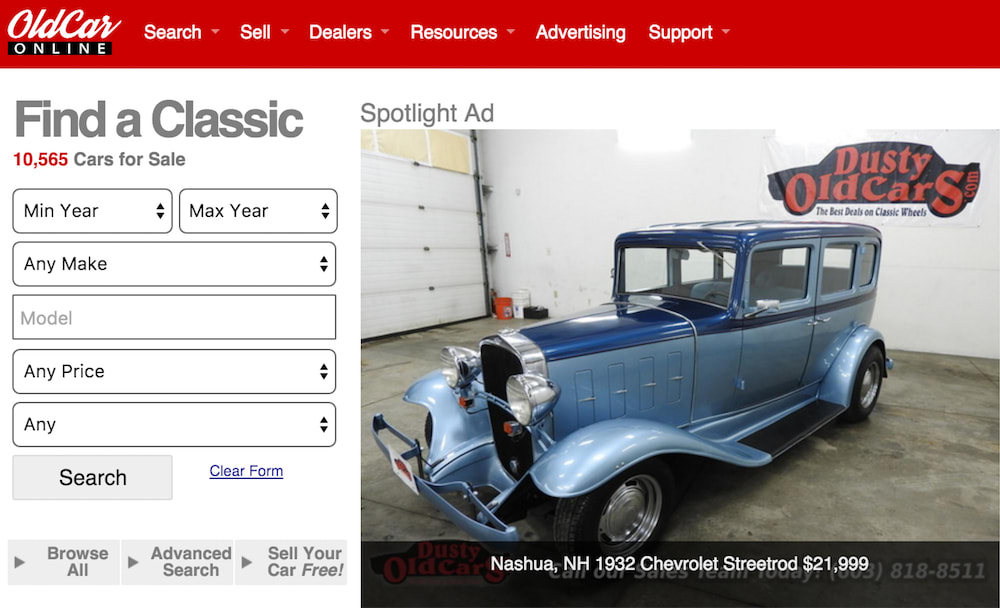
Step 4: Shop around. Once you have educated yourself on the type of classic car you want, you can start looking for it.
Check print and online classifieds for the make and model you desire, and, if you continue to have trouble finding the classic car of your dreams, consider taking out your own wanted ad to spread the word.
- Note: Some popular classic car sites include eBay Motors, ClassicCars.com, OldCarOnline, and Bring a Trailer.
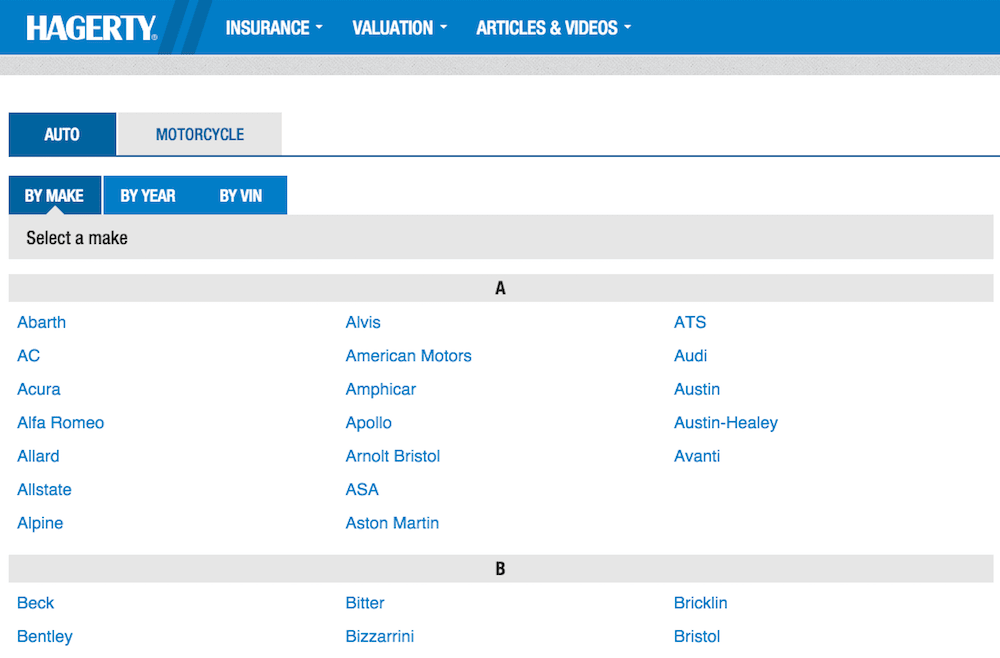
Step 5: Determine the fair market value. After you have found the vehicle you want, determine the fair market value of the classic car. A good site for this is Hagerty.
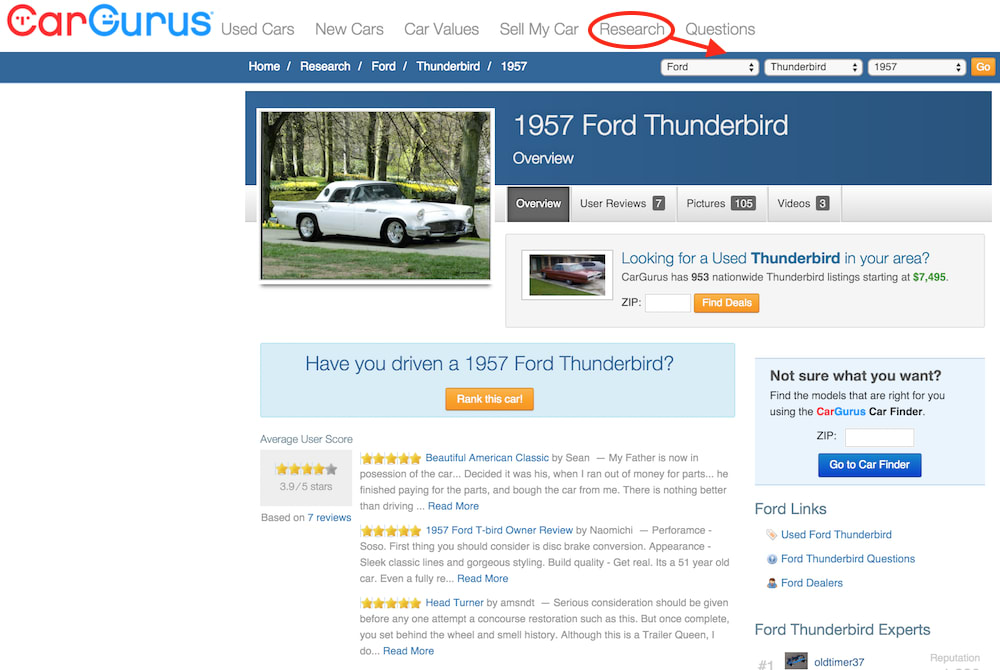
Step 6: Read reviews. Read as many reviews as you can find about the specific cars on your list. Here are a few resources to help you with this:
Edmunds began as a book in the 1960s and is the highest ranked third-party automotive website by JD Power.
AutoTrader attracts over 14 million users each month and has helpful calculators to help you with the review and buying process.
Car and Driver is known for its depth and rigor, and offers critical reviews of cars.
The Car Connection provides a score for each car it reviews and and offers an easy to read list of likes and dislikes.
Consumer Reports has been publishing reviews and comparisons of products for 80 years, accepts no advertising, and has no shareholders, so you can be sure that the reviews are unbiased.
CarGurus was founded in 2006 by the former Chairman/co-founder of TripAdvisor, Inc., the world's largest online travel website. CarGurus uses mathematical algorithms to analyze millions of car listings each night.
Part 3 of 5: Find a dealership with your chosen classic car
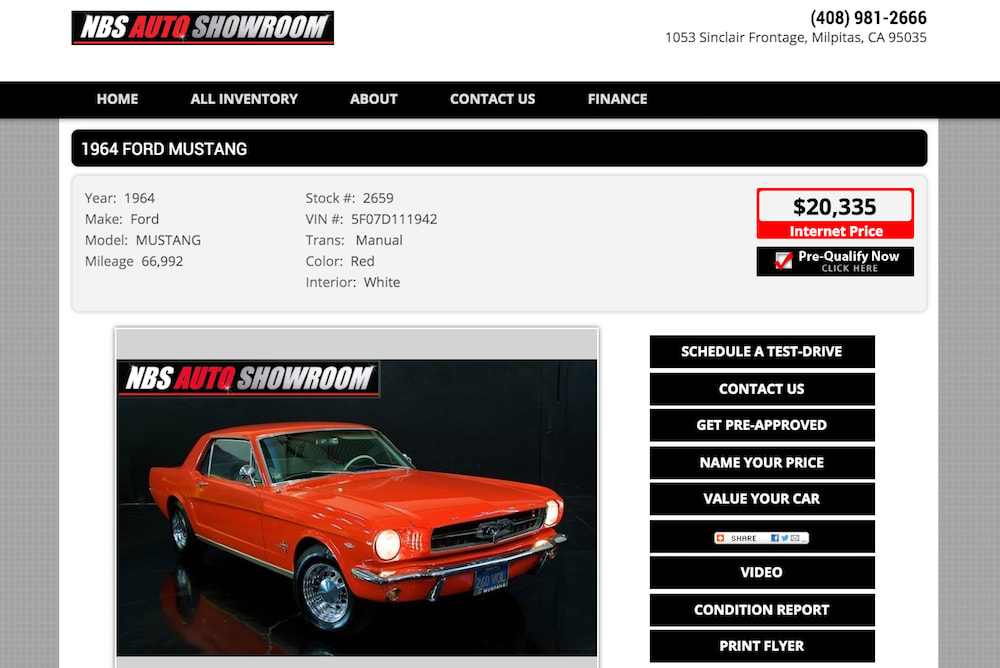
Step 1: Check your local dealerships. Once you’ve chosen the classic vehicle that you would like to purchase, check your local dealerships.
Call your local dealerships, check their ads in the newspaper, or visit them. Many classic car dealerships also have their entire inventory available on their website.
If the vehicle is available at a local dealership, you will be able to get it more quickly, and you won’t have to pay a shipping price.
Step 2: Check out other dealerships. Even if the car you want is at one of your local dealerships, you should still check out some out-of-town dealers.
By being thorough in your search, you may be able to find the vehicle for a much better price, or with options or color schemes that you prefer.
- Tip: If you find the classic vehicle that you want, but it’s out of town, you should still go visit it and take it for a test drive before you buy it.
Part 4 of 5: Determine if the classic car needs repairs
Before you hand over your hard-earned cash, have an expert mechanic from YourMechanic perform a pre-purchase car inspection to give you an idea of the repairs that will be needed and the associated costs.
Step 1: Go on a test drive. A test drive is a necessity when purchasing any used car. While test driving it, have the vehicle inspected by an expert mechanic to see if it has any unforeseen problems.
Step 2: Determine if the car needs repairs. Get an estimate for any necessary repairs.
Once you locate the classic car you want to buy, it may need of repairs— either major or minor.
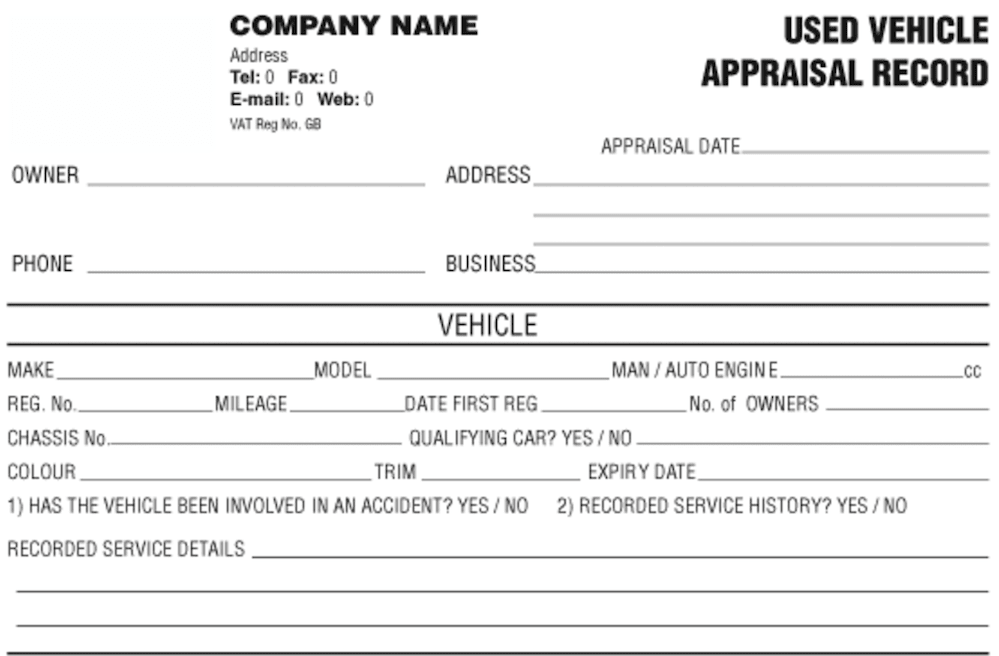
Step 3: Get a car appraisal. Have your potential classic car purchase appraised.
If the car you are considering purchasing appraises for less than the cost of repairs, it is advisable to pass it over and spend more time looking for another car you want.
Although classic cars can be rare and special, you do not want to invest your savings into something you can never recoup. Chances are that the overpriced fixer-upper will still be there after you explore other options if it is simply a must-have.
Part 5 of 5: Purchase a classic car
Make the leap. Once you find a classic car that fits your wish list and budget, there’s nothing left to do but make it final. Then you can enjoy your time restoring it, showing it off, or just driving down the road.
Step 1: Determine your credit. Figure out what your credit score is, since a good credit rating means you can get a lower overall rate, paying less money over the duration of the loan.
You can check your credit online for free using Credit Karma.
Step 2: Find a lender. Compare rates and terms with several lenders and select the one that offers the best option for you to finance.
Step 3: Apply for a loan. Apply for a loan and get a notice of approval, letting you know what kind of price range you can look at for new vehicles.
Step 4: Know your trade-in value. If you have another car that you want to trade in, find out the value of your trade-in.
Add that amount to your approved loan amount to see how much you can spend on a new car. You can find out how much your car is worth on the Kelley Blue Book site.
Step 5: Negotiate with the seller. Start the negotiations by making an initial offer.
When negotiating, make sure to mention any problems the car has that you uncovered during the pre-purchase inspection and how much you can expect to spend to have it fixed.
Negotiate back and forth until both you and the seller can come to an agreement on a price.
Step 6: Make a payment. Once you have agreed to a price, make payment arrangements.
Most often, sellers have a preferred method of payment, usually specified on the car listing. If necessary, you will also need to decide how you plan on handling shipping.
- Note: You also need to pay any taxes and other fees, such as registration, when taking possession of the classic car.
Step 7: Sign the paperwork. Sign all of the necessary paperwork. This includes the title and bill of sale.
Step 8: Line up your insurance. Call your insurance company to add your new car to your current policy.
Step 9: Consider adding gap insurance. Gap insurance covers the difference between what you owe on the car and what the car is worth if the car is totaled in an accident. This is usually offered by the dealership for a small fee.
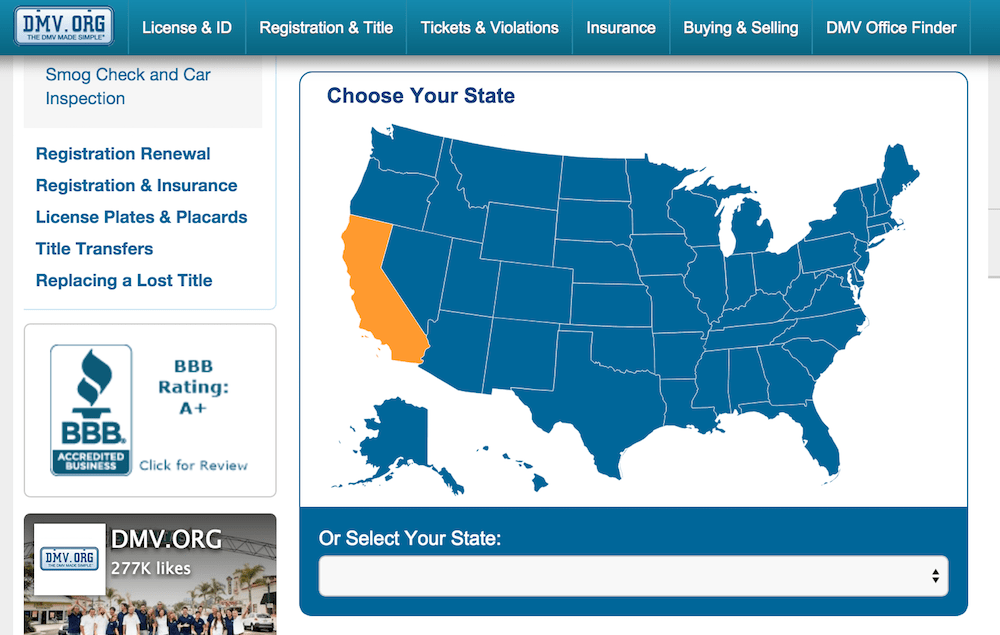
Step 10: Register your vehicle. Register the car and pay sales tax with the state Department of Motor Vehicles.
On the DMV website, choose your state for instructions on how to register your new vehicle.
- Note: The dealership should also make you out some temporary tags to display until you can get your vehicle registered and put on a license plate.
As a new classic car owner, doors open to the social pastimes of car shows with other enthusiasts. Use that opportunity to network, because the participants at such events may know where to find parts for your car when you need them later on down the road or have knowledge of other vehicles you may wish to add to your collection. Have one of YourMechanic’s certified professionals perform a pre-purchase inspection or a safety inspection in order to make sure your car is in its best working condition.


